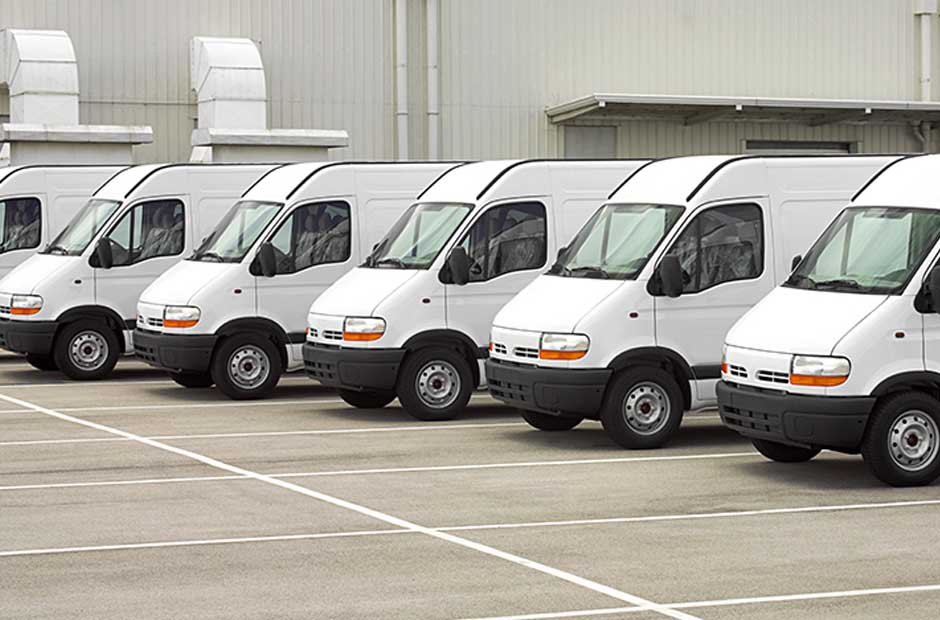Operating a commercial fleet is a complex task. Navigating the day-to-day hurdles of running a fleet, managers often bump into the big challenge of risk. Looking out for the safety of drivers, folks on the sidewalk, and everyone else on the road is a top concern. Plus, keeping everything running smoothly isn’t just about the people; it’s vital for the company’s wallet and how the world sees the business.
This article dives deeper into various best practices to achieve safer fleet operations and a more robust risk management framework.
1. Regular Vehicle Maintenance
Consistent Checks Keep Fleets Running Smoothly
Maintaining vehicles isn’t just about avoiding breakdowns—it’s about proactive safety. Regular maintenance checks help identify potential issues before they become significant problems. Rotate tires, replace air filters, and ensure fluid levels are optimal. A well-maintained vehicle is more predictable on the road, leading to fewer surprises for drivers.
2. Comprehensive Driver Training
Knowledge and Skill are a Driver’s Best Tools
Beyond basic driving skills, commercial drivers should be trained for the specific vehicles they operate. Whether it’s a compact car, a box truck, or an 18-wheeler, each vehicle has its nuances. Additionally, periodic retraining sessions can help reinforce good habits and correct any emerging bad ones.
3. Embrace Technology
Modern Solutions for Modern Problems
Modern fleets have the advantage of technology. Tools like fleet risk management solutions such as CameraMatics don’t just monitor; they provide actionable insights. This real-time feedback can be invaluable, especially in identifying potential issues before they escalate into bigger problems.
- Implement Strict Alcohol and Drug Policies
Safety First, Always
The importance of sober driving cannot be overstated. Regular awareness sessions about the dangers of driving under the influence can act as reminders. Also, rehab options should be provided for drivers who need help, emphasizing rehabilitation over punishment.
5. Set Clear Safety Policies and Protocols
Guidelines Lead the Way
Detailed guidelines about vehicle usage, rest breaks, and emergency procedures can make a significant difference. These guidelines should be reviewed and updated as needed, ensuring they remain relevant and effective.
6. Use Telematics Data
Insights Drive Better Decisions
With telematics, managers can get an eagle-eye view of their fleet. This data can help optimize fuel consumption, monitor wear and tear, and even schedule preventive maintenance. Making informed decisions based on this data can drastically reduce operational risks.
7. Encourage Open Communication
Feedback is a Two-way Street
An open-door policy can do wonders. When drivers feel they can communicate their on-ground challenges freely, managers gain insights that might otherwise be missed. Encourage regular check-ins and feedback sessions.
8. Plan Routes Efficiently
The Right Path Makes a Difference
Optimized routes aren’t just about saving time; they’re about safety too. By avoiding problematic areas, drivers face fewer risks. Regularly updating route databases to reflect current road conditions and hazards is crucial.
9. Monitor Weather Conditions
Prepare for Mother Nature’s Curveballs
Weather can change driving conditions dramatically. By keeping an eye on forecasts, fleet managers can preemptively reroute vehicles or delay trips to avoid adverse conditions, ensuring the safety of both the driver and the cargo.
10. Foster a Culture of Safety
More Than Just Rules
Rules and guidelines are a foundation, but fostering a genuine culture of safety makes the real difference. Recognize and reward safe driving habits. Regular safety meetings, workshops, and seminars can instill the importance of safety at every level.
11. Recognize and Reward Safe Driving
Positive Reinforcement Goes a Long Way
People appreciate being noticed for their good deeds. Recognizing safe driving habits and rewarding them can motivate drivers to maintain and even improve their road behavior. Whether it’s through monthly awards, public recognition, or simple thank-you notes, these gestures humanize the workplace and foster a sense of belonging.
12. Periodic Health Check-ups for Drivers
Healthy Drivers, Safer Roads
Drivers are the backbone of any fleet. Ensuring their health and well-being directly correlates to safer roads. Offer periodic health check-ups, focusing on vision tests and general wellness. Remember, a driver’s well-being impacts their reaction time, decision-making, and overall driving capability.
13. Establish a Buddy System
Everyone Needs a Friend
New drivers can benefit immensely from the experience of seasoned drivers. Establishing a buddy system, where a novice is paired with a veteran, can be a great way for the former to learn the ropes. This personal touch helps new drivers acclimate faster and fosters a sense of community within the fleet.
14. Equip Vehicles with Emergency Kits
Be Prepared for the Unexpected
Even with all the precautions, unforeseen situations can arise. Equipping each vehicle with a well-stocked emergency kit can make a difference. This kit should include first-aid supplies, a flashlight, basic tools, water, and non-perishable food. It’s not just about equipment; it’s about showing drivers that their safety is a top priority.
15. Host Regular Safety Workshops
Learning Never Stops
While initial training is crucial, regular refresher courses and workshops can keep safety at the forefront of drivers’ minds. These sessions can address new road rules, introduce updated safety technologies, or discuss recent incidents to learn from them collectively.
Conclusion
Ensuring safety in commercial fleets is a multi-faceted endeavor. It requires continuous efforts, a blend of human intervention and technological support, and a culture that prioritizes safety above all else. By implementing and refining these best practices, businesses can look forward to safer, more efficient operations and a brighter, risk-reduced future.
















